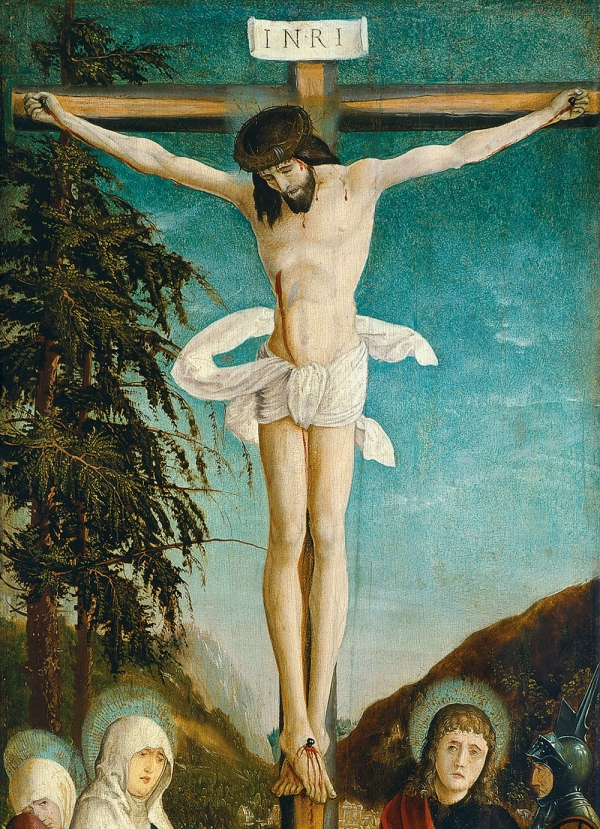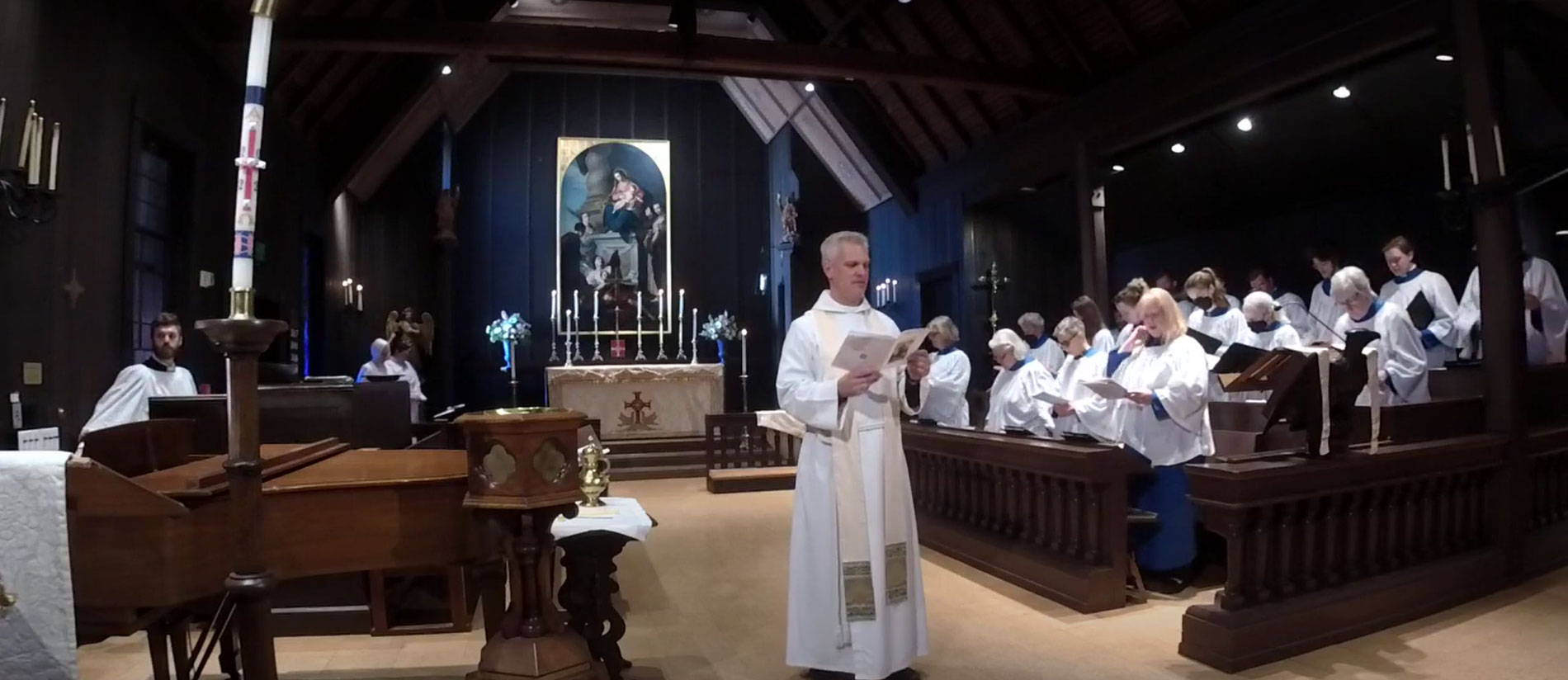Weekly Reflection 3/7/2024

St. Mary's Parish Choir and Chamber Orchestra, together with the Schola Cantorum of St. Dominic's, come together to present Bach's Passion According to St. John this Sunday at 5:00 p.m.
I would like to share with you about its context and construction:
On Good Friday of 1724 (300 years ago this year), J.S. Bach’s St. John Passion was first performed at St. Nicholas Church in Leipzig. Bach had only recently been hired as Kappelmeister, having been the fourth choice of the Lutheran churches in Leipzig. What parishioners expected on that Good Friday evening was not what Bach had composed; Passions were customarily sung as plainchant. Bach, having only recently accepted his new post, presented this monumental work that transformed the Passion genre, with the inclusion of chorus, soloists, and orchestra. His Passion was multi-dimensional: not only are there characters in the drama, but commentaries on the drama, and congregational responses. It is a grand combination of opera, oratorio, and liturgy.
This large work consists of four different types of movements: choruses, recitative (storytelling), arias (reflections on the narrative), and chorals (hymns). Each serves a different purpose and employs different types of text: the chorus plays the role of the crowd during the trial and crucifixion of Christ; the arias, written in a trendy operatic fashion, communicate the pain of Christ’s trial and crucifixion; the recitative accounts the biblical narrative; and the preëxisting chorales, which are a poetical testament of the theology, are sung by the congregation. Bach’s congregations not only knew the chorales, but also understood them well enough to recognize their pertinence to the Gospel and their function within the passion. The interaction between the different types of movements – the choruses, arias, recitative, and chorales — uplifts text in a way that is dramatic and poignant.
Uniquely, the Gospel of John emphasizes Jesus’ divinity more so than the other canonical Gospels, yet its portrayal of the death of Jesus is profoundly and vividly human. This juxtaposition of the Divine with humanity is important to the theologian Martin Luther, of whose work Bach had a nuanced understanding (being a servant of the Lutheran Church). The atonement theology of Christus Victor represents the argument between Christ’s death as a result of the power of evil, and the glorious victory of the resurrection; it is the wrestle between the power of evil and faith in God; it represents the dialectical opposition of God being simultaneously perfect, yet taking human form. This theological argument posits that God reveals God’s self not only the resurrection, but in a profound love for humanity by the lowliness of the crucifixion. It is an important concept to Luther: that our salvation is not from the empty tomb alone, but from the cross itself; not from Easter alone, but also Good Friday. It is therefore because of this dialectic that the image of Christus Victor was to both Luther and Bach the most appropriate and theologically rich.
The theme of Christus Victor is declared at the beginning and repeated throughout the work. The work begins with a magnificent chorus in G-minor with the text, “O Lord, how majestic is your name in all the earth!” Contrasting the glorification of Christ in the text is a profoundly ominous musical setting with a relentless pulsating bass line, buzzing sixteenth-notes in the violins, and a crying out from the chorus on the word “Lord!” Following are the words that are the central concept of the Passion: “Show us through your Passion that you, the true Son of God, at all times, even in the greatest abasement, have been glorified.” The portrayal of Christ’s crucifixion as a glorification is central to Bach’s setting of the work and understanding of Christus Victor. The remainder of Part I narrates the arrest of Christ, Peter’s denial, and Christ being brought before Caiaphas.
Part II begins with a chorale and moves into the dialogue of Christ and Pilate. The chorales in Part II are ever grounded in the concept of Christus Victor. We constantly hear phrases, such as:
Our freedom, Son of God, arose when Thou was cast in prison. (Chorale 22)
When dreaded death is near me, with all its dark distress, Thy Cross, dear Lord, will cheer me and ease its bitterness. (Chorale 26)
Make your peace with God and man, that upon the morrow, you may end this mortal span, free from care and sorrow. (Chorale 28)
Perhaps the most striking moment in the second half is the unforgettably quiet death on the cross. After Christ announces, “It is fulfilled,” the profoundly beautiful aria, “Es ist vollbracht,” follows, accompanied by viola da gamba; at the time, viola da gamba was inextricably associated with funerals, as it was typically the accompanying instrument due to its soft nature. Following is a hushed statement from the Evangelist: “Then bowed He His head and was gone.” That Bach chose not to dwell on the moment of death indicates his emphasis on the salvation of humanity, which is indeed the victory of the cross.
Influenced by the theology of Christus Victor, the piece does not end with the death of Christ, but with the pledge of resurrection; however, it declares not only the resurrection of Christ, but also the resurrection of humanity.
Ah Lord, when comes that final day may angels bear my soul away to Abraham’s bosom take it; let then my body’s anguish cease, my soul to wait the day, in peace, when Thou again awake it. Ah, what a joy it then will be the very Son of God to see, to gaze upon His holy face, my Savior on the throne of grace! Lord Jesus Christ, oh hear Thou me, oh hear Thou me, Thy name I praise eternally.
Eric Choate,
Music Director
